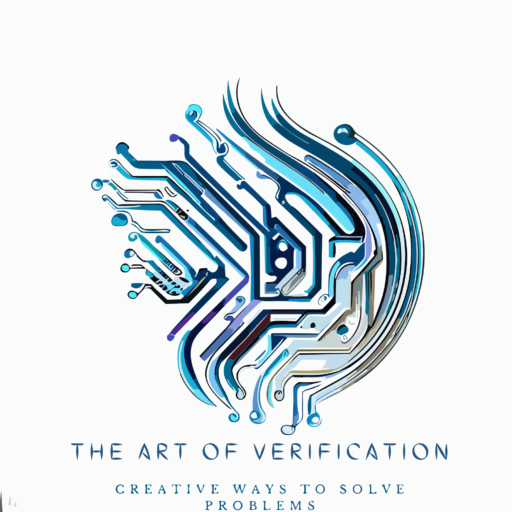Generate randc behavior from rand variable:
It’s easy to get the first cycle of random numbers by pushing values on a list in post_randomize() and adding a constraint that keeps the values in the list excluded from the next solution. The real problem is knowing when to start the cycle over by clearing the list. If the exact number of possible…
